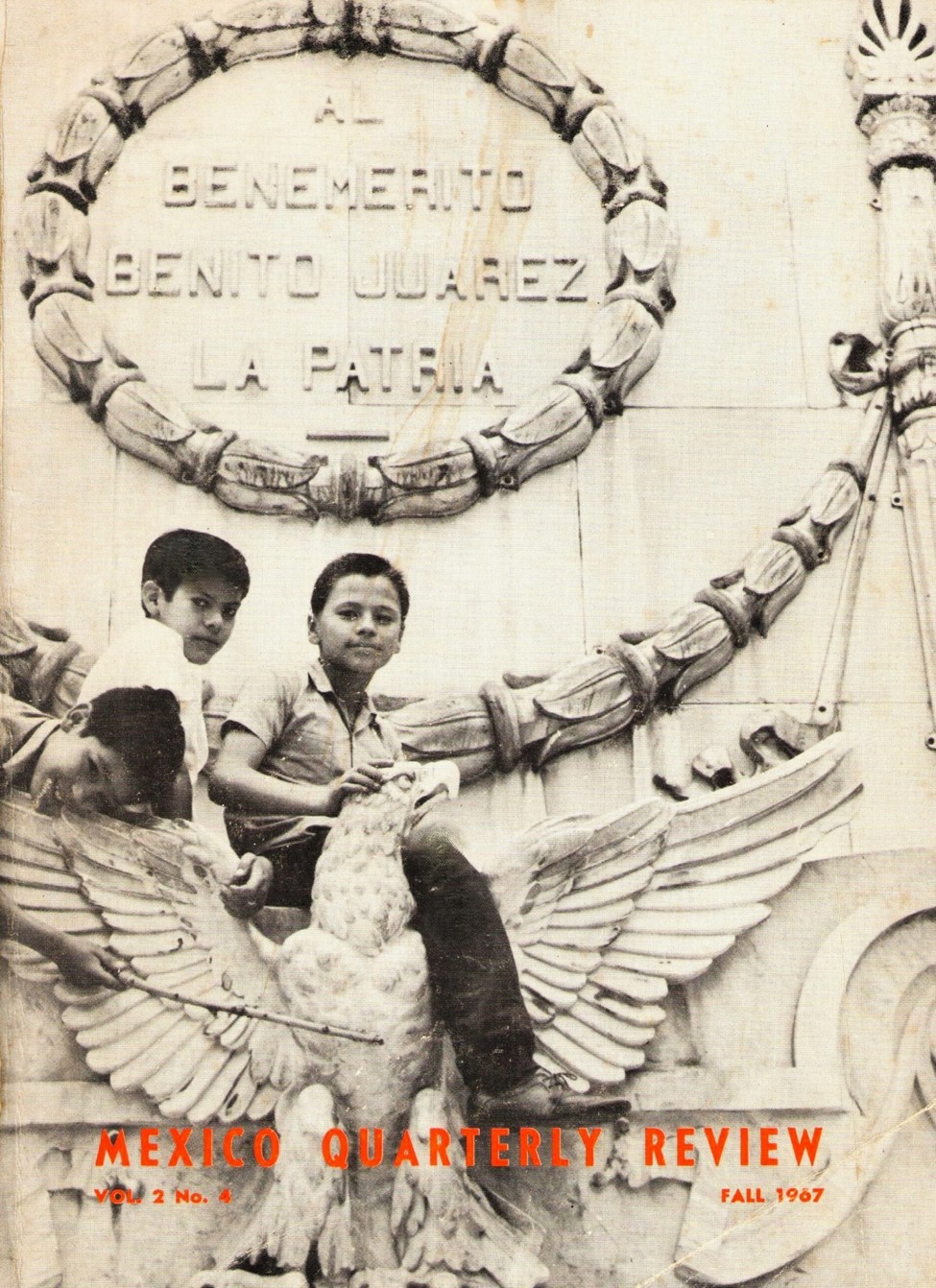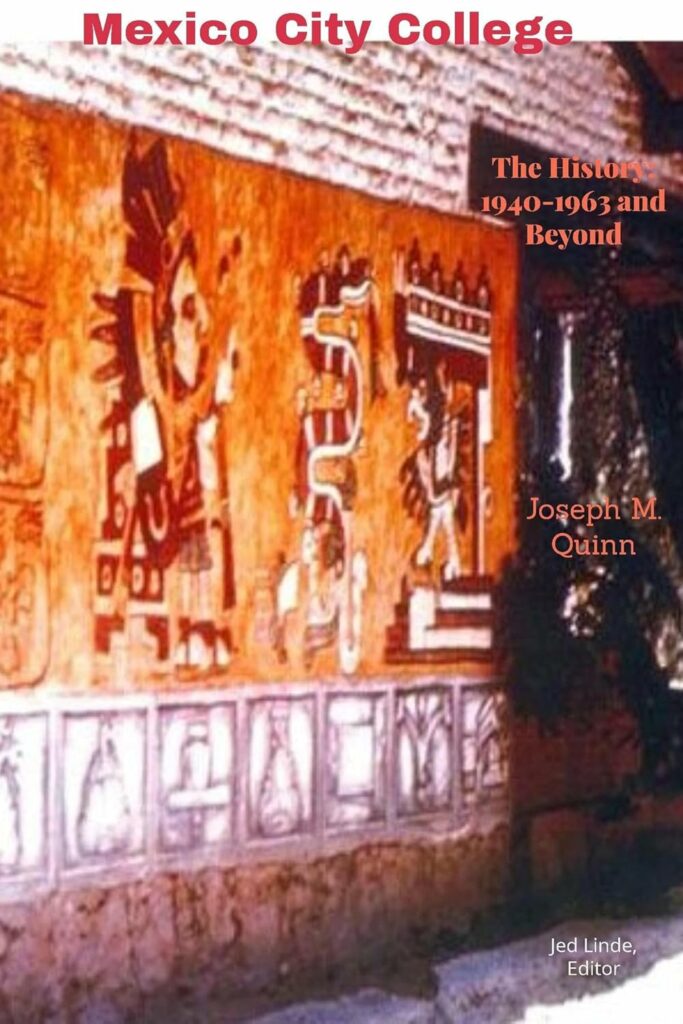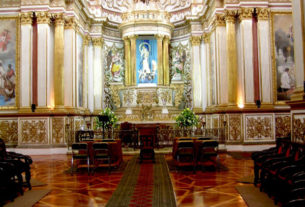by Todd Tarbox
Many of the world’s prestigious institutions of higher education have welcomed students for centuries. The oldest established school is the University of Al-Karaouine in Fez, Morocco, founded in 859. The University of Bologna in Italy opened its doors for the first time in 1088, soon followed by the University of Oxford in the United Kingdom in 1200.
Other prominent and historic universities include the National Autonomous University of Mexico (UNAM) in Mexico City, which was founded in 1551. Harvard University, the oldest in the United States, was established in 1636, followed by Yale University, which was founded forty-six years later.

In contrast to the number of long-established universities and colleges, there are those institutions whose existence has been relatively brief—measured not in centuries but in decades. My alma mater, The University of the Americas (UA), formerly known as Mexico City College (MCC), where I studied in the mid-1960s, serves as an example of the latter.

Mexico City College was an English-speaking, American liberal arts institution founded in 1940 that flourished for three decades. By the mid-1970s, it had undergone a significant transformation, becoming a Spanish-speaking, Mexican-owned business and engineering school named La Universidad de las Américas and relocating its campus from Mexico City to Cholula, Puebla, eighty miles to the east. It has been fifty years since Mexico City College/The University of the Americas enrolled its last student.
Before the school fades into the ether of time—much like the Pre-Columbian Olmecs who inhabited what is now Veracruz and Tabasco in Mexico from 1200 to 400 BCE and left little to demonstrate their existence aside from stone heads—MCC/UA alumnus Joseph Quinn drafted a history of the school. Fellow MCC student Jed Linde edited the manuscript, and incorporated reflections from a selection of MCC/UA students on the cross-cultural experiences they encountered inside and outside the classroom.

Their efforts culminate with the recently published book, Mexico City College: The History 1940 and Beyond. Linde included excerpts from my work in his history, taken from a book I’m writing titled You Can’t Live on Junk Mail Alone: A Lifetime of Letters Between a Father and a Son, which contains:
Letter: September 21, 1964/Mexico City
I arrived in Mexico City last night just after the bewitching hour. Weary yet exhilarated at the thought of starting a new chapter. You truly appreciate travel and the distance covered aboard a train. The stark geographic and social contrast between the Land of Lincoln and the Halls of Montezuma is incredibly enlightening.
First impressions: What disparities I’ve encountered! Walking down a wide and beautiful main street last night, Avenida Reforma (reportedly one of the most expensive and elegant boulevards in the world), which seems to consist of nothing but silver shops, banks, and various stores catering to the wealthy, I almost stepped on an elderly gentleman in rags, asleep in the middle of the sidewalk, curled up in the fetal position with several empty beer bottles forming a halo around his head. He was so disheveled that you could hardly tell where his beard ended, and his rags began.
Humanity scurried and ambled around him, completely ignoring him—avoiding him as if he were some unspeakable piece of offal. I seemed to be the only one who noticed this dispossessed soul. Yet, like the others who scuttled by, I did nothing to help and walked away.
What do you do? Perhaps I’ll learn in due time.
After more than six decades, that question still haunts me. However, while studying in Mexico, I gained significant insights into cross-cultural living. I developed a more profound empathy and appreciation for the strengths and weaknesses of my native land, Mexico, and the human condition.
Mexico City College: The History 1940-1963 and Beyond deepened my appreciation for the invaluable education and life experiences that the school and Mexico provided.

Published or Updated on: April 8, 2025


